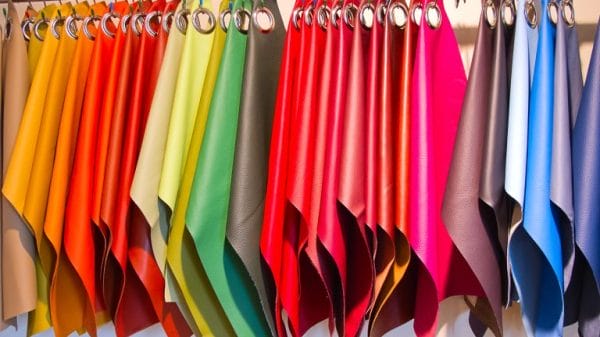It was a coalescing moment in and of itself. It felt like a mirage, but it wasn’t; it was real and raw. The convener of women and little girls there will live to tell their grandchildren about it one day. You just had to be there to experience the revolutionary Barbie theater escapade, to be a part of the ocean of women and little girls donned in pink.
For many, for better or worse, pink is the cornerstone of girlhood. Many girls in America have a complex relationship with pink, either due to being socialized to adore the color or thanks to their discovery of the demonization of femininity. However, the energy is shifting for the first time, thanks entirely to Barbie. A genuine celebration of girlhood and the power of pink, Barbie allowed girls to revel in their femininity and reclaim what was stolen from them.
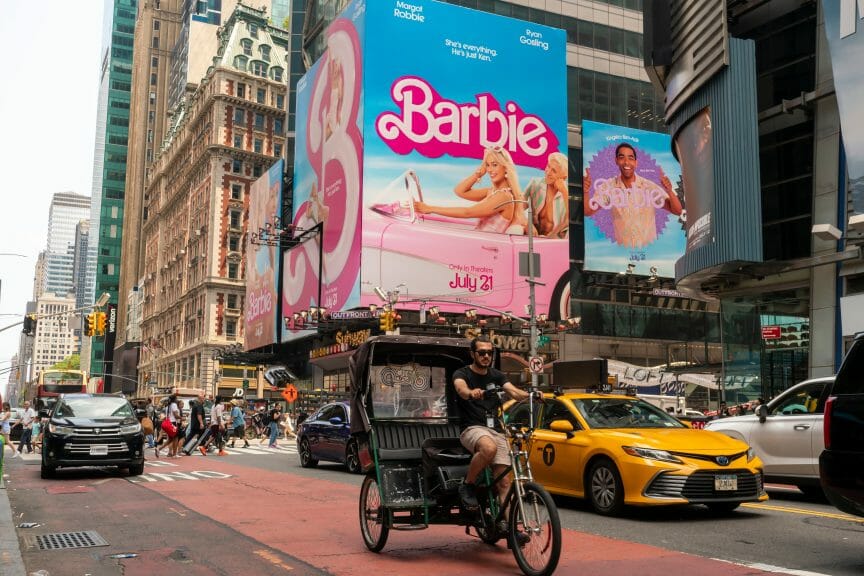
Pink’s Tempestuous History
In its emergence during the Victorian era, pink was a genderless and luxurious color worn proudly by European aristocrats.
In the early 1900s, a long-winded debate began about which gender should exclusively sport the color. For the most part, men wore pink because society considered it a “stronger color.”
Pink did not predominantly become a “feminine” color until around the 1950s. The first lady at the time, Mamie Eisenhower, is largely responsible for popularizing pink among women. After her husband’s inauguration, Mamie pink quickly became a staple in homes across the country.
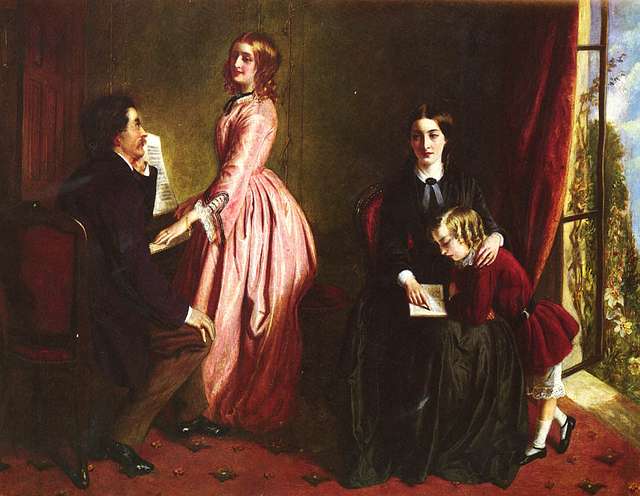
The Shift
During the 1950s, there grew to be a glaring dissonance in pink’s public perception. Marilyn Munroe, the most popular sex symbol in American pop culture of this era, wore a strapless hot pink dress in Gentlemen Prefer Blondes. After the film came out, that particular shade of pink developed a sultry and derogatory connotation. On the other hand, Audrey Hepburn, America’s Sweetheart at this time, almost exclusively wore pastel pink, bestowing it a pure undertone, antithetical to “shocking pink.”
Eventually, pink on its entire shade spectrum carried a stigma.
After prenatal testing launched in the 1980s, children’s toy and clothing companies weaponized the tool. Many brands employed gendered-based advertising. Products for little girls were marketed as more domestic and beauty-centered and primarily very pink. Gendered marketing fostered gendered stereotypes that depict girls as feeble, submissive, and unsuited for a professional career outside the home. All of these misconceptions were inextricably linked to pink.
“‘Pink is the most controversial color in fashion history,’” Valerie Steele, the author of ‘Pink: the History of a Punk, Pretty, Powerful Color,’ told the New York Times. “‘It has so many contradictory meanings. It has fully entered our bloodstream like a virus, and now different variants keep emerging.’”
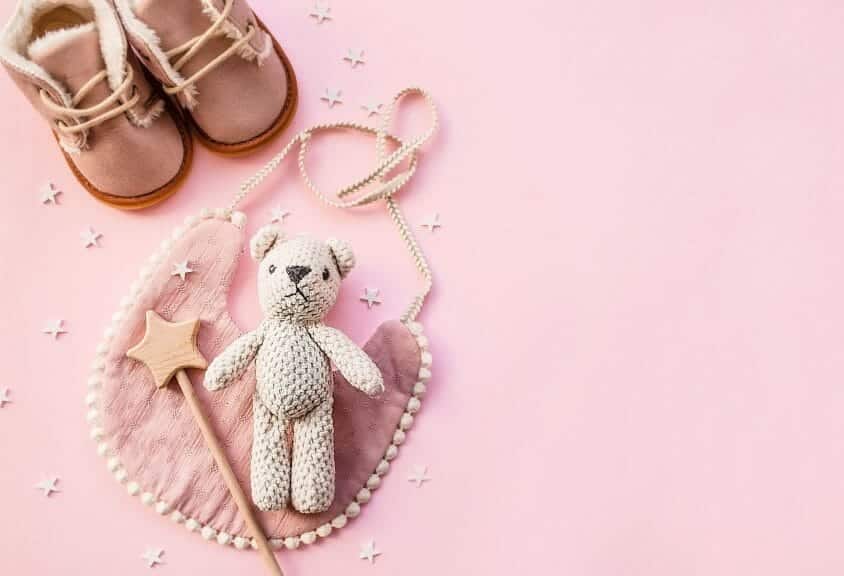
Pink in the 21st Century
There were attempts to rectify its image. Legally Blonde, for example, proved that intelligence and hyper-femininity can coexist through the journey of Elle Woods. Elle initially abandons her pink-dominate wardrobe to help command the respect of her law school peers. However, for the climactic scene, she triumphantly returns in a hot pink power suit, unabashedly proclaiming her femininity to the courtroom. When she wins her case, Elle proves that women can be successful without compromising their feminine aesthetic choices.
Unfortunately, the extreme misogyny in the media in the early aughts the film’s eclipsed some of the film’s core messages and its cultural impact. There grew to be a deification of being “not like other girls,” an archetype that frequently prohibited “girliness.” For example, in the cult classic A Cinderella Story, the protagonist Sam Montgomery is a tomboy who almost entirely wears muted colors like blue. Sam’s wardrobe sharply contrasts most other main female characters, portrayed as superficial and spacey. The “mean girl” of the movie, Shelby Cummings, and Sam’s stepmother Fiona are malicious, spoiled, and almost only wear pink throughout the film. Through the marriage between character and color preference, the movie villainizes the color pink and highlights a prevalent idea within media at the time – to maximize your achieving potential, women typically can not enjoy traditionally feminine motifs.
The Double-Edged Sword of Girlhood
Girls are entangled in a social dilemma. Society forces them to love pink as a child, but retaining that love into adolescence is weaponized against them.
Many girls’ thorny relationship with the color stems from feeling compelled to make the color part of their personality as a young child, sometimes pressuring them into a state of self-flagellation for wishing to express themselves in non-hyperfeminine ways. Consequently, many girls rejected pink as a retaliation against the patriarchy when they got older.
Other girls were conditioned to suppress their femininity.
Pink also became a defining feature of the “bimbofication” of many famous young female public figures in the early 2000s, including Paris Hilton and Lindsay Lohan – women who Jack Conway of Vanity Fair stipulated as “unintelligent but sexually attractive women.” The popularization of the “bimbo” catalyzed widespread misogynistic backlash for the “girly girl.”
“The bimbo paradox compels women to police their behavior and appearance to not be seen as too ‘ditzy,’ denying themselves the pleasure of being a girly and wearing pink for the sake of being taken seriously by men, as well as other women who have internalized these misogynistic messages,” Hypebae reported.
Assimilation into “Girlboss” Culture
Societal conditioning to believe that wearing pink stipulates feebleness was especially relevant for girls hoping to succeed in the workforce. Throughout Barbie, we see Margot Robbie’s Barbie discover the patriarchy and how women are disadvantaged. Barbie’s journey resembles that of little girls — the blissful naivety of childhood to eventually uncovering how the “system is rigged.” The futile conditions of womanhood demands a level of work ethic and personal tailoring – that surpasses that of men – to succeed professionally. The gendered conditions of our work culture often forces women to carry antipathy for pink to gross respect in a frequently vicious environment. Many women abandon possible predilection for the color for the illusive promise of sociopolitical and financial power. (Elle Woods, for example, swaps her signature color pink for black and white outfits when she gets the internship at Callahan’s practice – her attempt at being taken seriously at a cut-throat workplace).
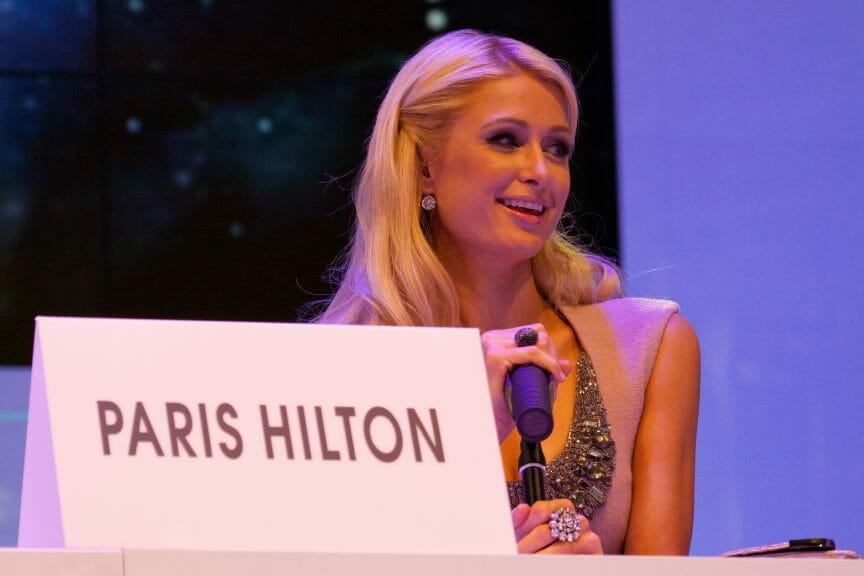
The Impact of Barbie on Pink’s Perception
Pink is the backbone of the Barbie movie. It’s a tool director Greta Gerwig uses to emulate the female experience.
“In celebrating it as it celebrates the multilayered reality of women, the film imbues it with new meaning: from girl power at its most clichéd and cheesy to girl power at its most complex,” the New York Times reported. “Even those of us who never really embraced the color, wardrobe-wise, could appreciate the irony and applaud it.”
In the opening song, “Pink,” Lizzo sings the words, “That power looks so good on you.”
By bestowing power to the color, the movie validates women’s experiences and their craving for escapism that only the crevices of their girlhood provide.
The movie subverts the negative connotation that society imbued pink with decades ago. While the color has long been a trope of unbridled femininity and childishness, the film uses the character Ken to personify an essential facet of America’s current political condition – the notion that the system itself that shaped this misconception, the patriarchy, is the most “profound form of immaturity.”
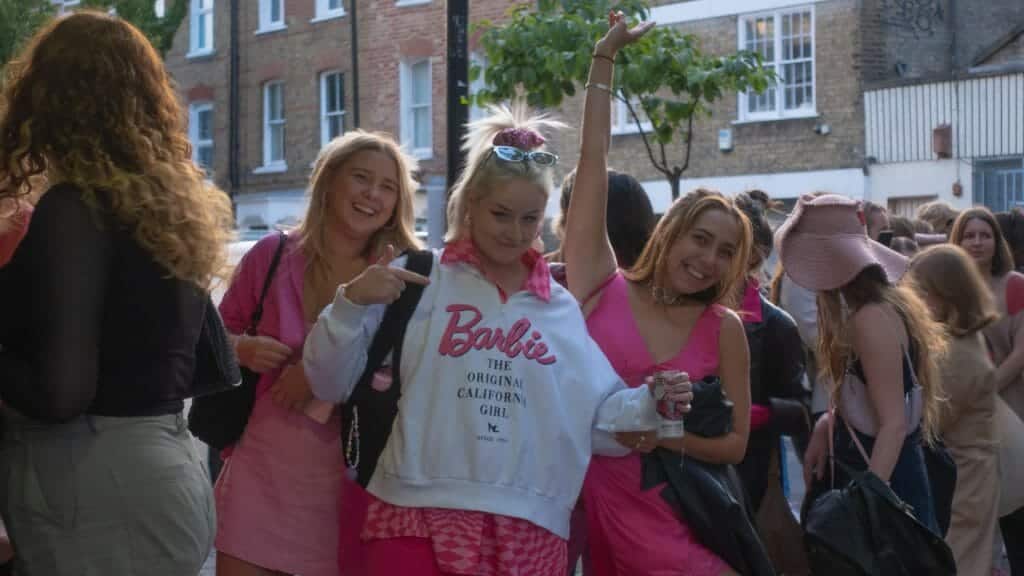
Transporting Back to Girlhood
It is as if all of the girls and women donned in pink marching into theaters across the world were implicitly bellowing, in the words of Taylor Swift, “Give me back my girlhood, it was mine first.”
Barbie underlines a harrowing reality created by the patriarchy – women are forced to grow up much faster than men. They are not afforded the luxury of retaining elements of their girlhood the way men are. If they try, they often endure sneers and contempt.
“The Young-Girl of today relies on the romanticization of an imagined past where personal responsibility for the greater state of the world does not exist,” the French intellectual group Tiqqun wrote in “Preliminary Materials for a Theory of the Young-Girl.” “At the heart of this imagined girlhood is an expression of femininity without consequence.”
Barbie gave women permission to lament the loss of their youth and genuinely reflect on what was taken from them.
The movie was a blessing to wear pink unabashedly, revise its meaning, and each individual’s relationship to it in the most liberating way possible.
What We Took Away
There was a recognition of the revolutionary capacity in reclaiming girlhood and deconstructing the stigma around hyper-femininity. In the dawn of Barbie and its uber-pink aesthetic, millions of girls and women transgressed a deep-seated and obsolete facet of our culture’s dogma. They attained a self-redemptive power in the female solidarity imbued in celebrating girlhood and its pinkness.
In the pink parade, we also discovered how we were not alone in our experiences. The heightened emotions that bridged girlhood and adolescence were not fictitious. There seemed to be a collective understanding of the false notions imbibed in expressions of hyper-femininity and how many of our biases about pink descend from patriarchal eugenics. The strictures of our patriarchal society did a disservice to girls and women, including pitting women against each other. We all internalized decades of subordination perpetuated by the media. Sitting together in a color that underscored an incredibly formative time for each of us, we truly witnessed our shared wounds. Beneath the kaleidoscope of pink emanated a pertinent truth: the greatest superpower in this patriarchal escape room is interdependence. We saw a prism of hope for women.
That much was evident by the tears cascading down women’s cheeks and the stunned silence. We watched the movie with a partially retrospective eye, minds burning with the girlhood that swiftly slipped away from us, and awestruck at the validation the film gave their collective experiences. Some might never wear pink again, and that’s fine too; regardless, the color left an indelible imprint on us. Thanks to Barbie, many (across the gender spectrum) will carry newfound compassion for pink and women a tenderness for the girls they once were.












